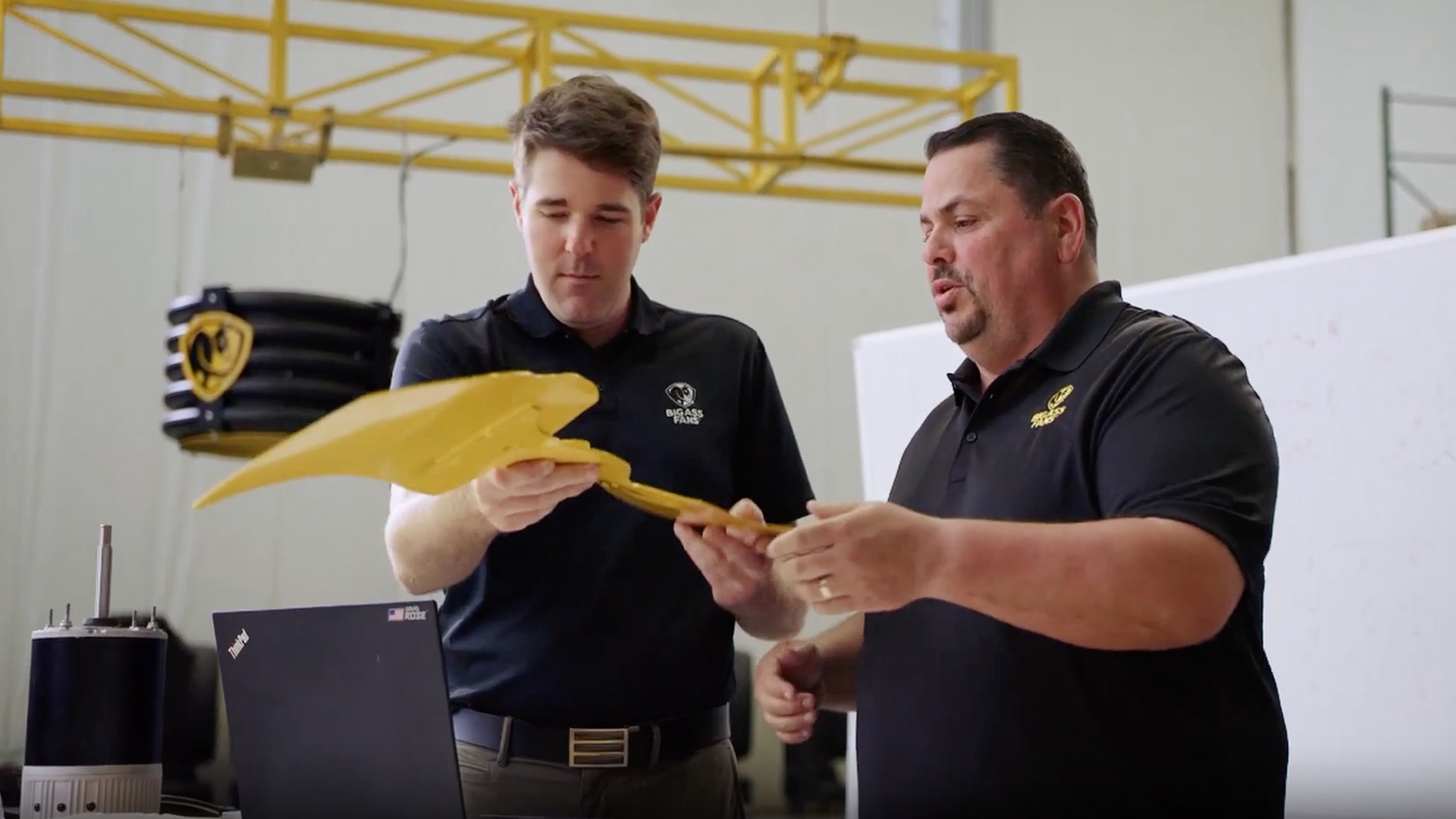How to justify the ROI for IoT projects
Explore the key metrics organizations rely on to measure the success of digital transformation initiatives.
By Carlos M. González, research manager of Internet of Things (IoT) ecosystems and trends
October 16, 2023

Explore the bigger picture when evaluating IoT projects
IoT projects are a multifaceted cultural shift endeavor that impacts an organization's entire ecosystem. When implementing new digital transformation projects, the challenge lies in justifying the return on investment (ROI). Many organizations may only focus on the production output or the financial gains and ignore the other added benefits attributed to IoT projects. The journey to realize an IoT project's ROI is iterative. It is a continuous process that provides returns along the way yet must be constantly reevaluated as new data is gathered. An IoT project will change how physical assets are managed, how data is gathered and analyzed, how employees will work within operations, and how systems interact with customers to provide a better experience.
According to IDC's U.S. IoT Decision-Maker Survey, 2021, the top metrics used to measure the success of an organization's IoT project go beyond just increased financial gain by increasing revenues and reducing costs. They also span improvements in safety, customer satisfaction, positive environmental impacts, positive employee feedback, and customer satisfaction.

Source: IDC's U.S. IoT Decision-Maker Survey, July 2021, n=1,792
Exploring these metrics, we can see that companies value operational efficiencies over other metrics when measuring an IoT project's success. Organizations can gain insight into their infrastructure by using a connected IoT platform to determine how well an asset or process performs. The data gathered allows companies to analyze whether machines are operating optimally, if unexpected downtime impacts performance, if employees' work efforts are being used effectively, or if a process needs to be redesigned to achieve higher efficiency.
For example, medical devices need regular maintenance to perform optimally. By connecting the asset to a digital IoT platform, the manufacturer can keep track of the device's health and function, predict failures before they occur, and apply predictive maintenance steps accordingly. These steps help extend the product's life, enabling customers to increase productivity and realize financial savings.
Along with predictive maintenance, safety improvements are a close second when evaluating an IoT project. The role of IoT platforms is to help predict problems before they arise. By anticipating equipment failure, organizations can minimize dangerous equipment failure interactions by ensuring the equipment operates as it should. This capability prevents site injury, which decreases production downtime in the long run because employees can continue performing their jobs safely.
Customer satisfaction is the third highest-ranking metric. Customers today expect a digitally connected environment. Just like they have access to information via personal computers and mobile devices, so do they expect deep insight into their machines and processes. IoT platforms provide a more profound understanding of how their devices and processes operate. The data analyzed from IoT platforms details whether devices, systems, and processes are performing efficiently and safely. For example, it can ensure continued operations and mitigate downtime, and customers can spend less time worrying about servicing equipment if monitored digitally.
For organizations today, metrics around an IoT project’s success remain the same. The added benefits of operational improvement, enhanced safety, and increased customer satisfaction lead to revenue gains. An organization can produce more and generate more revenue by improving operational efficiencies. Increasing safety among its workforce encourages employee morale; organizations experience less workforce-related downtime, which helps them deliver more goods and services. By enhancing customer service, organizations can achieve a new level of operations informed by data analytics, resulting in operational efficiencies. An IoT project is constantly evolving as the project expands and captures new data. Organizations must take a holistic view and evaluate the complete impact of an IoT platform in both the short and long term.

Carlos M. González leads IDC's IoT ecosystem and trends program. He is responsible for research on the IoT hardware and software innovations that transform operations within and across industries. In addition to assisting clients in maximizing the value of their technology investments and minimizing technology risk, he provides guidance on the human evolution and process changes required for digital transformation.

Recommended for you


